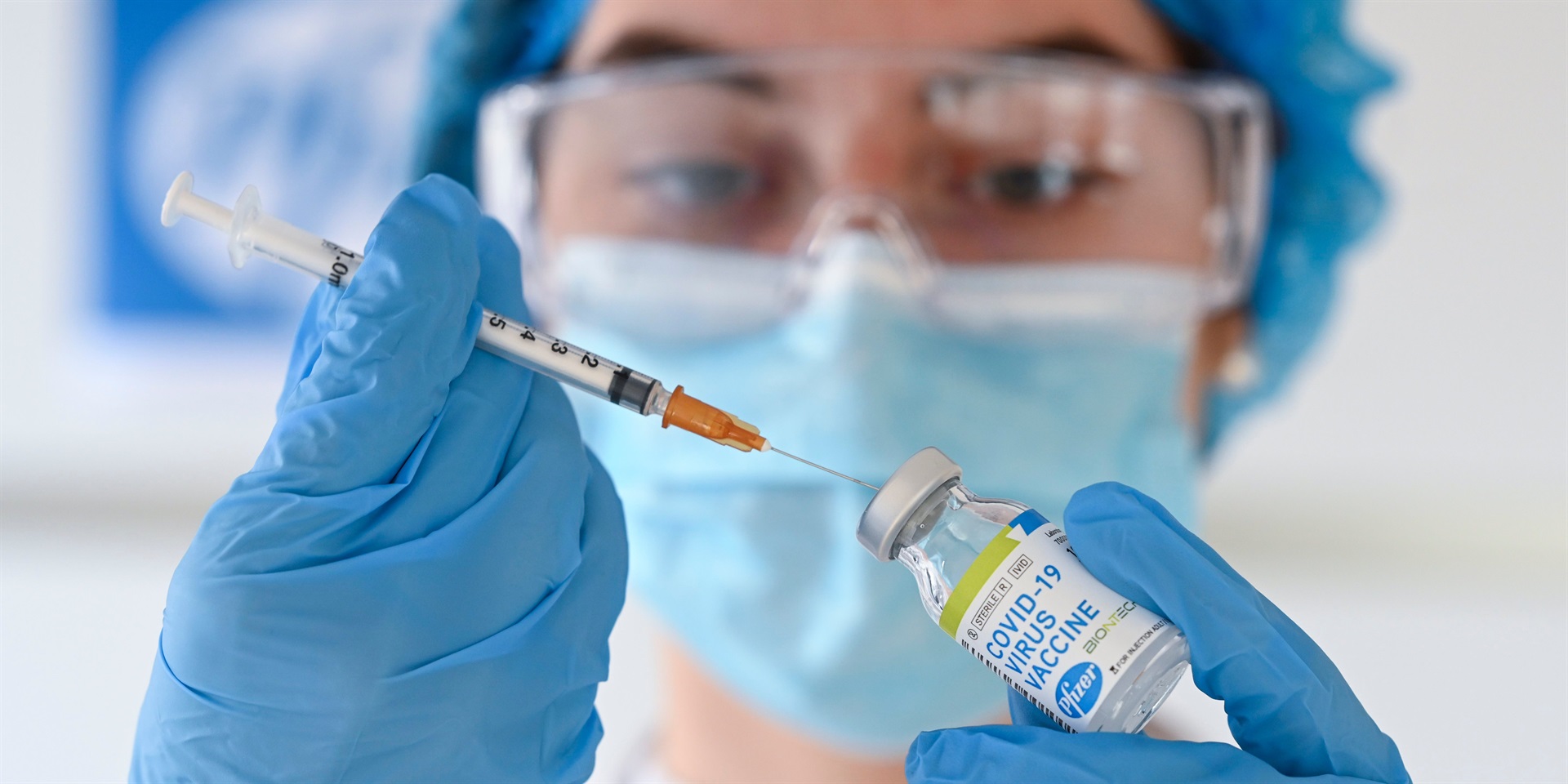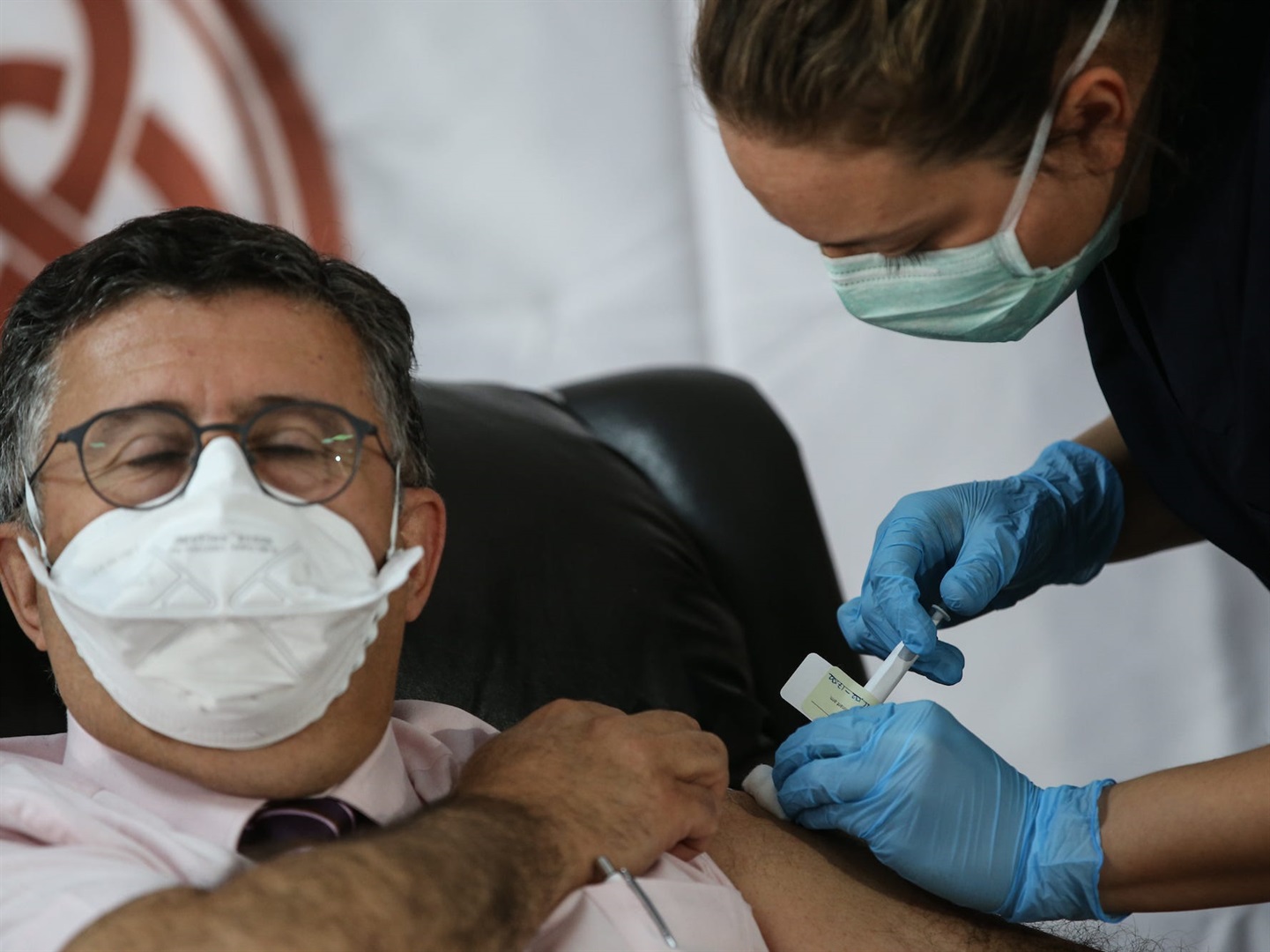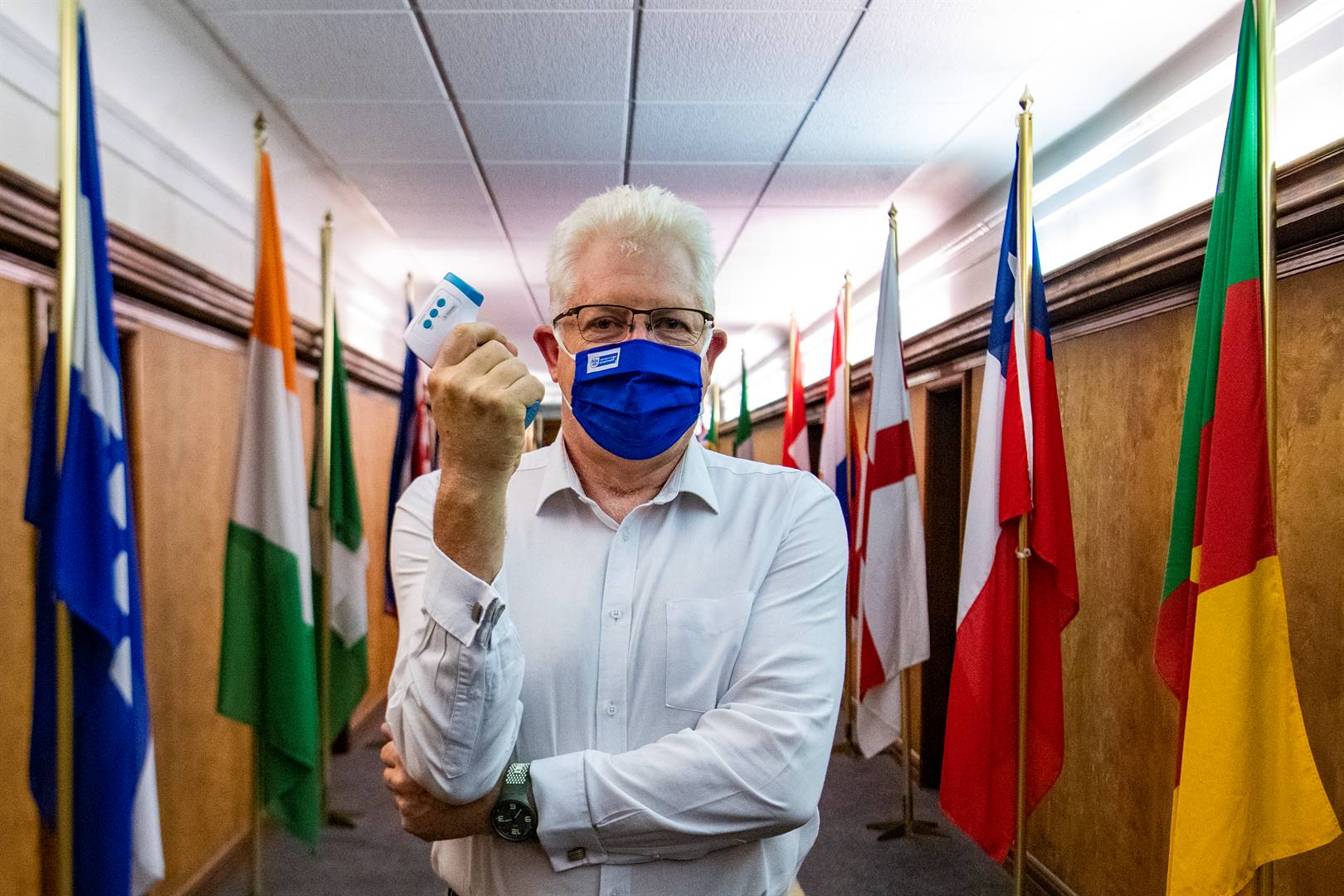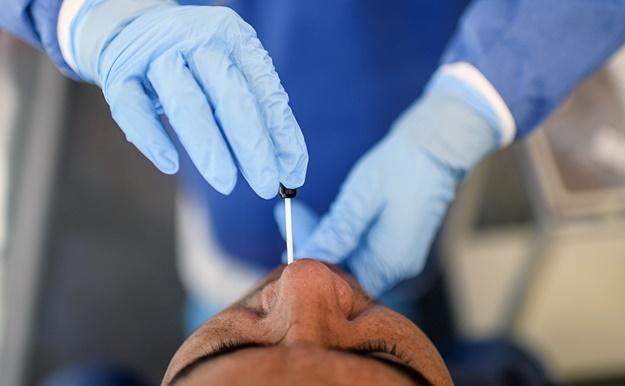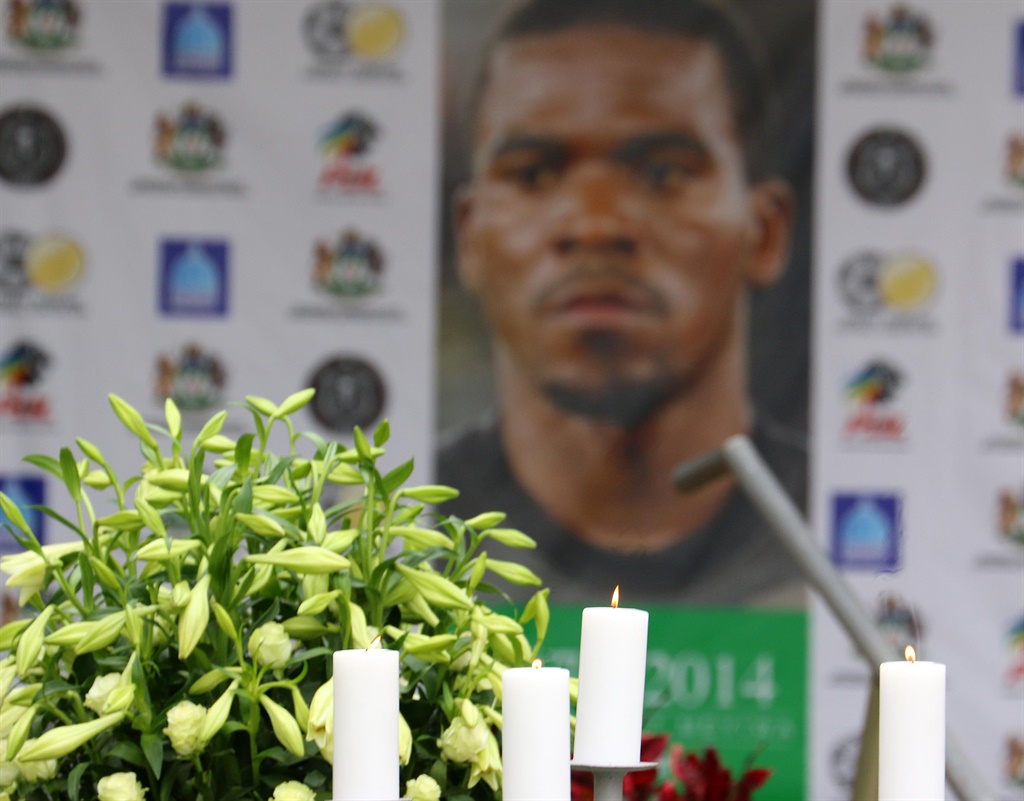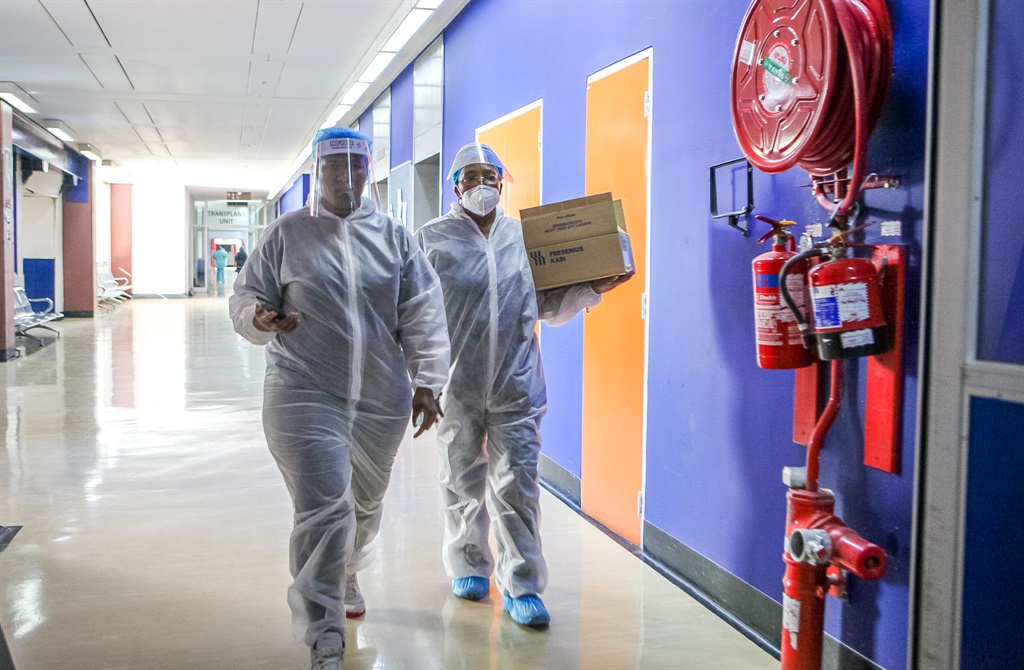- In the Western Cape, Covid-19 is spreading faster during the current, second wave of infections than it during the first wave.
- The Garden Route has stabilised, but the province will still monitor it closely.
- The province secured 744 additional beds as hospitals reach capacity.
While the second wave of Covid-19 infections is hitting the Western Cape harder than the first, it appears that the Garden Route is stabilising.
Western Cape Premier Alan Winde, Health MEC Nomafrench Mbombo and head of the provincial health department Keith Cloete briefed the media on Tuesday.
Cloete said the province as a whole continued to see substantial increases in daily new Covid-19 cases, which are 2.4 times more than in the first wave peak – this despite limited testing due to public holidays and restricted testing criteria.
Hospitalisations and deaths continue to increase sharply. New Covid-19 admissions to hospitals are 50% higher and deaths 22% higher than during the first wave.
READ | Covid-19: Here are the latest rules as SA reverts to Level 3
The proportion of tests which return positive results continues to rise and is now at 45%, higher than the previous peak of 40%.
The Cape Town Metro continues to see steep increases in cases, with nearly double the number of new daily cases compared to the first wave peak.
All of the metro’s subdistricts have exceeded their first peak, except Klipfontein and Khayelitsha, while the Northern, Eastern, Western and Southern subdistricts all have approximately three times the cases than during the first wave peak.
Overall, the province’s rural districts have nearly two and a half times more cases now than during the first wave peak.
The second wave peak is more than double the first wave peak in all rural districts, except Central Karoo. However, the Garden Route continues to experience a stabilising, pattern. Nonetheless, the province continues to watch this area closely, given a large number of visitors in the district.
Supply
Facilities in the metro and the rural areas remain under pressure, particularly with regards to oxygen supply, and deaths are increasing.
Hospitalisations continue to increase across all districts, except for Garden Route which is stabilising.
READ | SA tops 1 million Covid-19 cases
New admissions are now well above that of the first wave peak in all districts, with hospitals also contending with a high trauma load.
Currently, there are 3 131 Covid-19 patients in acute hospitals. Of these patients, 1 885 are in public hospitals and 1 246 in private ones. The metro’s hospitals are running at an average occupancy rate of 103%. In the George area, hospitals are at 90% capacity, in the Paarl area 101%, and in the Worcester area at 94%.
In a statement released after the press conference, Winde said: “The Western Cape government has done everything it can to add capacity to the system so it can cope, but it is still under extreme pressure because of the rapidly growing number of cases caused by the new variant.
“To put it simply, the Western Cape will by the end of this week have added 744 additional beds into the system. We are also prepared to scale this up to 880 beds, which will be more than the CTICC field hospital capacity and which was only half full during the first wave.”
He said they had decided this time to put additional beds into or near existing hospitals to make more efficient use of healthcare workers and other resources, and to build the healthcare system for use well after Covid-19.
At the briefing, Cloete said the data clearly showed that, with every relaxation of alcohol regulation, trauma numbers consistently increased in response to the regulations introduced.
He said the highest number of increases in trauma cases this past year was seen on boxing day. He said the previous alcohol regulations didn’t protect health services.
Impact
Cloete said the biggest challenge is the increasing Covid-19 infection rate amongst health care workers, and the impact on staff member isolation and quarantine.
Currently, 926 health care workers, across 92 institutions are infected with Covid-19, which is 2,8% of a total staff compliment of 33 062.
However, infections in health care workers continue to increase. We continue to see an increase in HCW infections week on week.
Tygerberg Hospital is now the hospital with the most infections in the last calendar month, reflecting the increase of cases in the metro, and in the Tygerberg sub-district in particular.
Nurses make up approximately 30% of HCW infections and Doctors make up 12%.
The province is busy with a recruitment drive to increase its personnel and has already secured 103 staff members.
